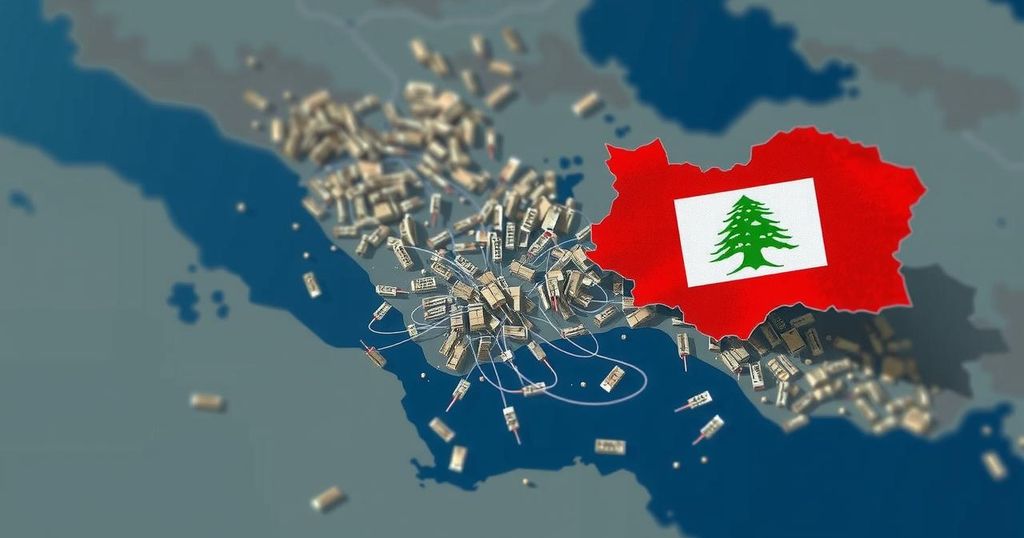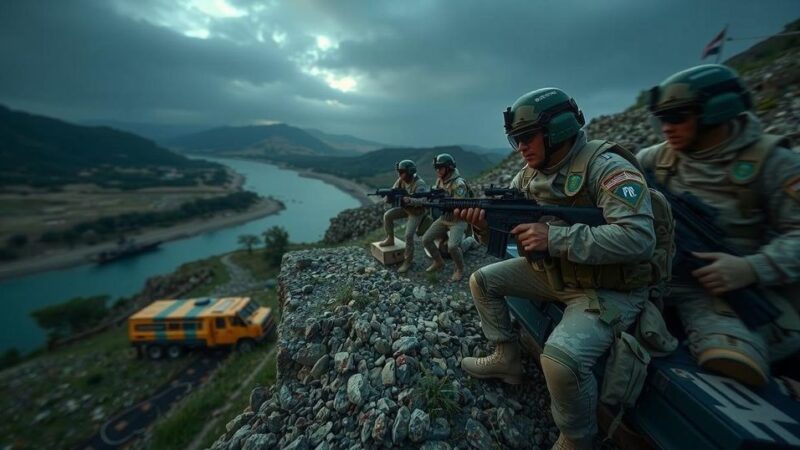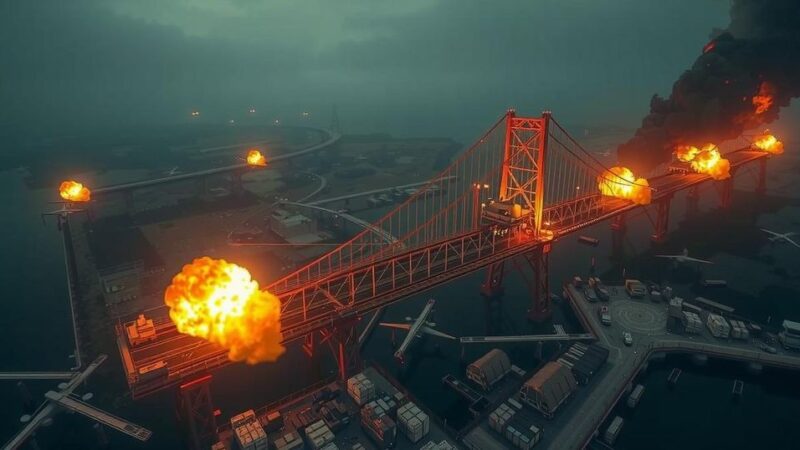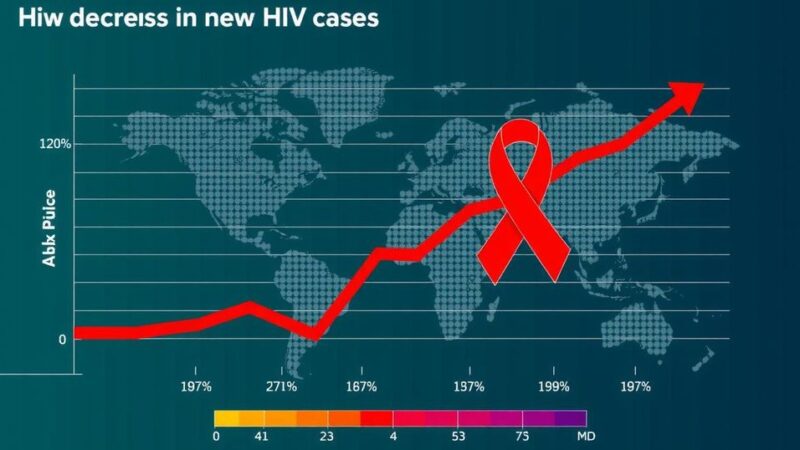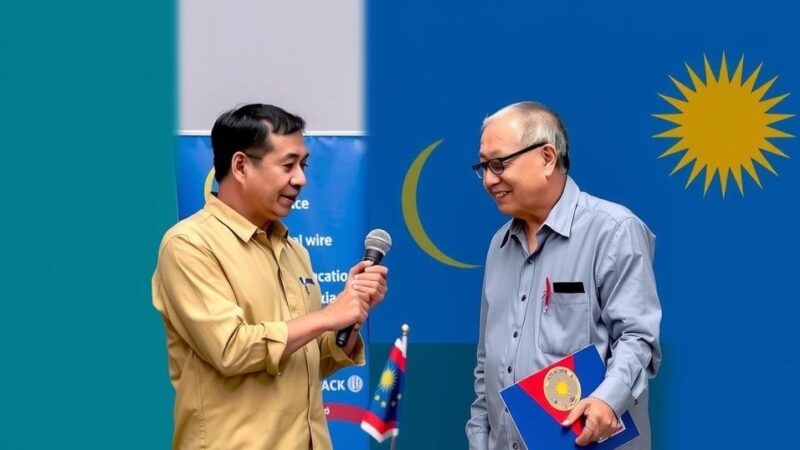Iran is reiterating its support for Hezbollah ahead of a potential ceasefire with Israel, emphasizing aid to the Lebanese. The situation is consequential for Iran’s strategy, possibly leading to escalated regional tensions while balancing internal pressures towards nuclear capabilities. The coming weeks are critical for determining Iran’s strategic direction in response to these developments.
Iranian Foreign Minister Abbas Araghchi recently affirmed Iran’s support for the “resistance” in Lebanon during a call with an Iranian official. This pronouncement aligns with the potential for a ceasefire between Israel and Hezbollah. Iran is enhancing its narrative of backing the Lebanese people and government by dispatching a medical mission to Lebanon while continuing to clandestinely supply weapons to Hezbollah. During this call, Araghchi lauded the Lebanese resistance against Israel’s military actions, as reported by Iran’s state media on November 26.
The anticipated ceasefire possesses significant implications for both Iran and the broader region, likely marking a critical juncture. Iran’s strategy has linked Hezbollah closely to Gaza to provoke its involvement against Israel following the Hamas attack on October 7. Although Hezbollah supports Hamas, it reportedly lacked prior knowledge of the timing of the assault, suggesting it may have been drawn into this conflict unexpectedly. Since mid-September, Israel has intensified its military operations in southern Lebanon, seeking to reassert control over territories previously targeted by Hezbollah.
On November 26, the Israel Defense Forces (IDF) released imagery demonstrating their Northern Command’s advancements, symbolically signifying a victory over Hezbollah. Reports suggest that Israel’s actions indicate a shift toward negotiations for a ceasefire. Meanwhile, Iran faces critical strategic decisions as it contemplates its position akin to having crossed its own Rubicon, possibly considering a path towards nuclear armament or directing its proxies in Iraq and Syria to escalate confrontations against Israel, potentially raising threats towards the Golan Heights. As the ceasefire period unfolds, coinciding with the impending transition to the Trump administration, the coming weeks will be vital in determining Iran’s strategic inclinations, either toward internal nuclear advancements or external military escalations against Israel.
The situation in Lebanon remains precarious, shaped by regional actors and ongoing conflicts. Iran’s support for Hezbollah has been a cornerstone of its regional strategy, promoting both military and ideological resistance against Israel. The dynamics surrounding the Gaza conflict, particularly the Hamas attack on October 7, have pressured Hezbollah into taking a more active role. The prospect of a ceasefire opens discussions around the implications for Hezbollah’s capabilities and Iran’s strategic calculations, especially within the context of U.S. foreign policy changes following the election of Donald Trump as President.
The evolving geopolitical landscape in Lebanon poses significant questions regarding Iran’s future actions as a ceasefire with Israel and Hezbollah is considered. Iran’s dual path of supporting Hezbollah while evaluating its nuclear ambitions creates tensions that could influence regional stability. The upcoming weeks will reveal whether Iran prioritizes internal developments or opts for external confrontations in response to the shifting power dynamics in the region.
Original Source: www.jpost.com
